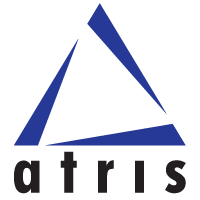Instead of sending a debit card in the mail, many banks and credit unions are providing debit cards using “instant issuance” technology. Instant issuance produces a debit card – including personalization options – to the bank customer in minutes. Some financial institutions even distribute the technology to the branch level, which means I can walk into my local bank branch and walk out with a new card in hand.
While the technology eliminates waiting for a debit card to arrive in the mail, it is important financial institutions closely evaluate the solution from an integration standpoint. Multiple systems are often involved with card – and cardholder – information. It may be necessary to link core account processing data with the instant issuance card printing system and ultimately transmit all of this information to a debit card processing network. And because the goal is to make the card immediately usable, the above tasks must be completed as close to real-time as possible.
It is important to note that instant issuance vendors do provide integration options to core vendors and debit card networks. Unfortunately, not all debit card networks may be able to accept those card records in real-time. Furthermore, some instant issue vendors only transmit a “skeleton record” to the debit card network, which means transactions cannot be authorized until supplemental information is sent (e.g., SSN, DOB, mother’s maiden name). “Instant issuance” yes, but not “instant use”.
If waiting until the following business day before an instant issuance card is used, possibly the above concerns can be bypassed and personnel just perform additional data input manually. However, the threat of a future data breach could result in a mass reissue to compromised cardholders – and substantial manual input for personnel in the card department.
Issuing debit cards without delay is a competitive service community banks and credit unions can provide to their valued customers. However, the project can bleed into a number of departments that may not be immediately identified. Additionally, when integration is proposed, make sure the completeness is clearly described and documented in contractual obligations – single point of entry possibilities exist but may require “out of the box” thinking to make your project goals a reality.
